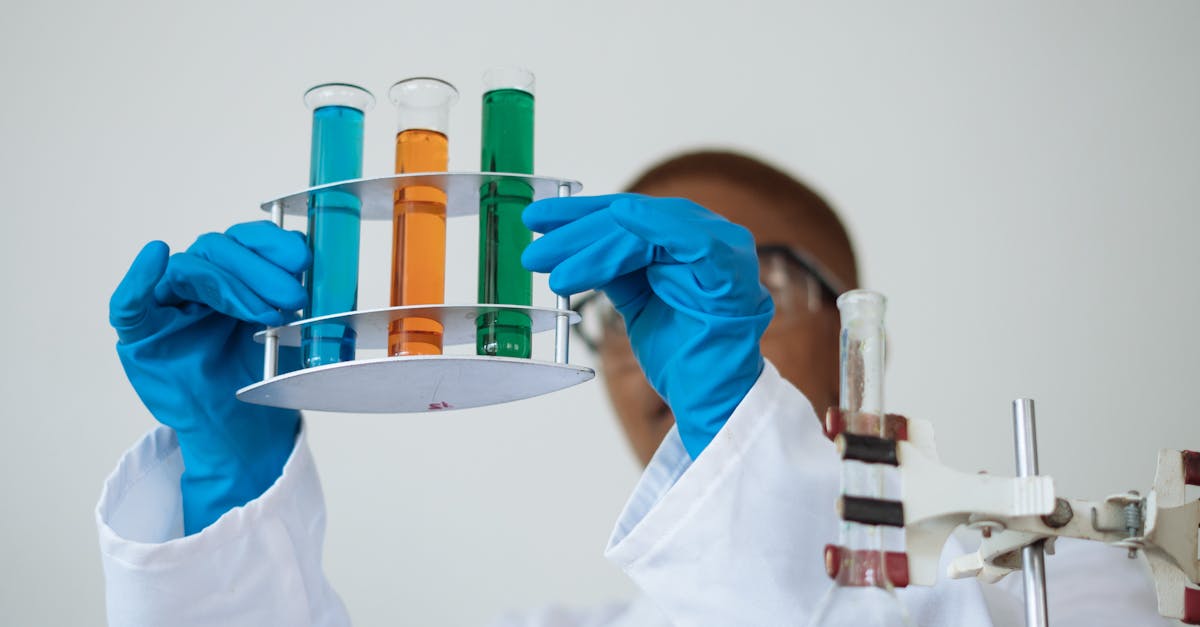Pharmaceutical company Teva Pharmaceutical Industries is standing out today, surging to $8.53 and marking a 4.9% change. TEVA is -12.29% below its average analyst target price of $9.72, which implies there is more upside for the stock. However, the average analayst rating for the stock is hold -- a more pessimistic outlook than you might expect.
Teva Pharmaceutical Industries Limited, a pharmaceutical company, develops, manufactures, markets, and distributes generic medicines, specialty medicines, and biopharmaceutical products in North America, Europe, Israel, and internationally.
Teva Pharmaceutical Industries does not release its trailing 12 month P/E ratio since its earnings per share of $-1.44 are negative over the last year. But we can calculate it ourselves, which gives us a trailing P/E ratio for TEVA of -5.9. Based on the company's positive earnings guidance of $2.44, the stock has a forward P/E ratio of 3.5.
As of the first quarter of 2023, the average Price to Earnings (P/E) ratio for US health care companies is 24.45, and the S&P 500 has an average of 15.97. The P/E ratio consists in the stock's share price divided by its earnings per share (EPS), representing how much investors are willing to spend for each dollar of the company's earnings. Earnings are the company's revenues minus the cost of goods sold, overhead, and taxes.
TEVA’s price to earnings ratio can be divided by its projected five-year growth rate, to give us the price to earnings, or PEG ratio. This allows us to put its earnings valuation in the context of its growth expectations which is useful because companies with low P/E ratios often have low growth, which means they actually do not present an attractive value.
When we perform the calculation for Teva Pharmaceutical Industries, we obtain a PEG ratio of 2.22, which indicates that the company is overvalued compared to its growth prospects. The weakness with PEG ratios is that they rely on expected growth estimates, which of course may not turn out as expected.
To gauge the health of Teva Pharmaceutical Industries's underlying business, let's look at gross profit margins, which are the company's revenue minus the cost of goods only. Analyzing gross profit margins gives us a good picture of the company's pure profit potential and pricing power in its market, unclouded by other factors. As such, it can provide insights into the company's competitive advantages -- or lack thereof.
TEVA's average gross profit margins over the last four years are 46.4%, which indicate it has a potential competitive advantage in its market. These margins have slightly increased over the last four years, with an average growth rate of 1.2%. Teva Pharmaceutical Industries's financial viability can also be assessed through a review of its free cash flow trends. Free cash flow refers to the company's operating cash flows minus its capital expenditures, which are expenses related to the maintenance of fixed assets such as land, infrastructure, and equipment. Over the last four years, the trends have been as follows:
| Date Reported | Cash Flow from Operations ($ k) | Capital expenditures ($ k) | Free Cashflow ($ k) | YoY Growth (%) |
|---|---|---|---|---|
| 2022-12-31 | 1,590,000 | -548,000 | 1,042,000 | 341.53 |
| 2021-12-31 | 798,000 | -562,000 | 236,000 | -63.01 |
| 2020-12-31 | 1,216,000 | -578,000 | 638,000 | 52.27 |
| 2019-12-31 | 538,000 | -119,000 | 419,000 | n/a |
- Average free cash flow: $583.75 Million
- Average free cash flown growth rate: 25.6 %
- Coefficient of variability (lower numbers indicating more stability): 59.4 %
Free cash flow represents the amount of money that is available for reinvesting in the business, or for paying out to investors in the form of a dividend. With a positive cash flow as of the last fiscal year, TEVA is in a position to do either -- which can encourage more investors to place their capital in the company.
Value investors often analyze stocks through the lens of its Price to Book (P/B) Ratio (market value divided by book value). The book value refers to the present value of the company if the company were to sell off all of its assets and pay all of its debts today - a number whose value may differ significantly depending on the accounting method.
Teva Pharmaceutical Industries has a P/B ratio of 1.22. This indicates that the market value of the company exceeds its book value by a factor of more than 1, but is still below the average P/B ratio of the Health Care sector, which stood at 4.16 as of the first quarter of 2023.
With a negative P/E ratio, a lower P/B ratio than its sector average, and generally positive cash flows with an upwards trend, we can conclude that Teva Pharmaceutical Industries is probably overvalued at current prices. The stock presents mixed growth prospects because of its strong margins with a stable trend, and a negative PEG ratio.


